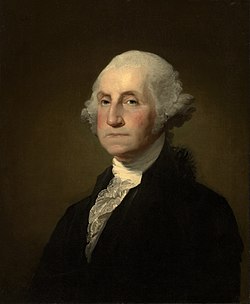
"The Derby Ram" or "As I was Going to Derby" is a traditional tall tale [1] English folk song (Roud 126) that tells the story of a ram of gargantuan proportions and the difficulties involved in butchering, tanning, and otherwise processing its carcass.
Contents
- History
- Possible origins and related traditions
- Early written accounts
- Traditional recordings
- England
- Scotland
- Ireland
- United States and Canada
- Impact on the city of Derby
- Traditional lyrics
- Popular versions
- References
- External links
The song is claimed by some folk enthusiasts to have developed from ancient pagan rituals involving the worship of rams, but there is no real evidence of this. In the Derby area, it was associated with the "Old Tup" custom, a form of hoodening. The song appeared in print about 1790. [2] It became extremely popular in Britain by the early nineteenth century, and naturally traveled to North America with settlers; a "Derby Ram Tavern" was located in Philadelphia by 1798 [3] It was asserted in 1876 that George Washington had sung it to children. [4] Because of its popularity, the city of Derby has adopted ram imagery in its architecture and for its sports teams.



